Now Reading: Comparing DTF Printing with Other Printing Methods
-
01
Comparing DTF Printing with Other Printing Methods
Comparing DTF Printing with Other Printing Methods

There are a number of printing technologies available for apparel and other products, and each method has advantages and disadvantages. One of the recently accepted technologies by many companies is DTF (Direct to Film) printing. How does this compare with other forms of printing such as DTG (Direct to Garment) printing, screen printing or sublimation? This article will examine these methods and outline the differences in order to assist you in choosing the most appropriate printing option for your requirements.
- DTF Printing vs. DTG Printing
DTF Printing:
- Process: DTF printing technology primarily consists of three steps: First, designs are printed on a specific film; Then, adhesive powder is applied to the film; Finally, the film is heat-up and pressed against the fabric to transfer the design.
- Advantages: One of the greatest advantages of DTF printing technology is the ability to print on a wide range of materials, including cotton, polyester, and their combinations. It produces rich colors and is strong in quality to be used in custom clothing.
- Disadvantages: Even though DTF printing is able to produce very good results, it has a higher set up time as compared to other techniques.
.
DTG Printing:
- Process: DTG printing is the technique of using an ink-jet printer to directly print on the garment.
- Advantages: Highly detailed designs can easily be printed using DTG as the number of colors is practically unlimited. Works best on 100% cotton fabrics and gives a smooth print feel.
- Disadvantages: In terms of dark fabrics, durability may not be as good for DTG prints and the cost of each print can be quite high making large orders less effective.
- DTF Printing vs. Screen Printing
DTF Printing:
- Process: Again, in DTF printing, a film or transfer is utilized together with adhesive powder, so that a transfer can be made.
- Advantages: The initial setup time of DTF printing is relatively short and this type of printing is suitable for short series or individual orders. It also makes the use of screens unnecessary, cutting down the initial costs.
- Disadvantages: Customers could be concerned with DTF prints’ texture, which could be thicker than the one of screen prints.
Screen Printing:
- Process: In screen printing, each color in a design has its own stencil (screen) that is used to apply ink over the desired garment.
- Advantages: Screen printing is ideal when there are a large number of orders as it is cheap to produce and also produces very highly durable colors. It is effective on many sorts of materials.
- Disadvantages: It is quite expensive and time demanding during the setup stage of operations and is not very ideal for small runs or multi-colored prints.
- DTF Printing vs. Sublimation Printing
DTF Printing:
- Process: The process for DTF printing involves pressing a film print onto fabrics through the use of heat and pressure.
- Advantages: Another benefit of DTF is its ability to be used on dark colored fabrics.
- Disadvantages: However, the quality of DTF prints may not be able to attain the lower level of detail associated with regardless of the complexity of design images.
Sublimation Printing:
- Process: Sublimation is a method in which a dye is transferred onto materials and most commonly polyester, with the use of heat and pressure and the outcome is a permanent bond.
- Advantages: Sublimation allows bright and rich colors as well as complete color designs, which can be felt on the fabric. The prints are also very resilient and will not chip or wear out.
- Disadvantages: Sublimation is limited to suck substrates such as polyester or poly-coated materials and it is effective only on lighter colored fabrics.
Conclusion
Every method of printing has its corresponding benefits as well as demerits. DTF printing is appreciated for its range in applications, and its capability of wide printing for various fabrics. DTG printing is most suitable in designs with more detail. Screen printing is appropriate for bulk marketing and low cost printing. Sublimation printing produces great results but applies to limited substrates.
When making a decision as to which method of printing to use consider the type of fabric, amount of designs, volume of the order and the target market. It is important to know the differences between DTF printing and other methods in order to pick the most appropriate one that meets your requirements so that you are able to satisfy your clients with quality goods.
Leave a reply
You must be logged in to post a comment.













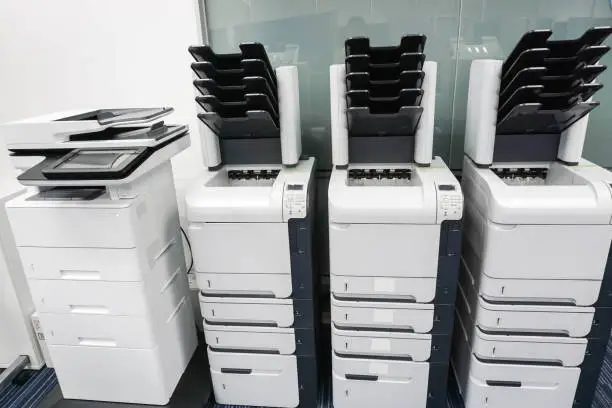
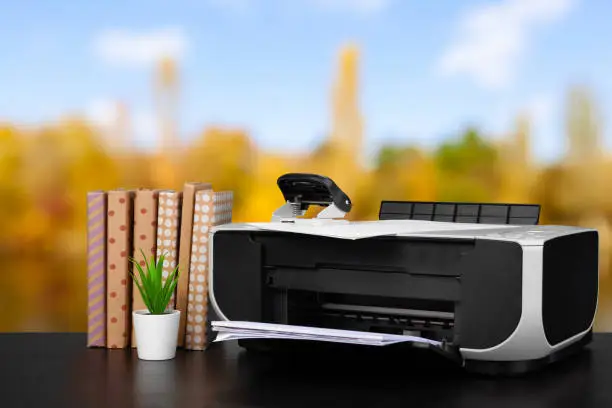





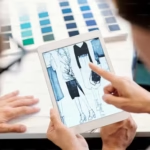


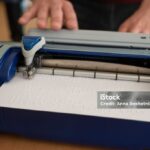


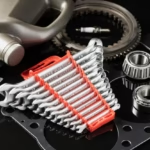









Pingback: How to Choose the Best DTF Printer for Your Business - PureTechZone.com